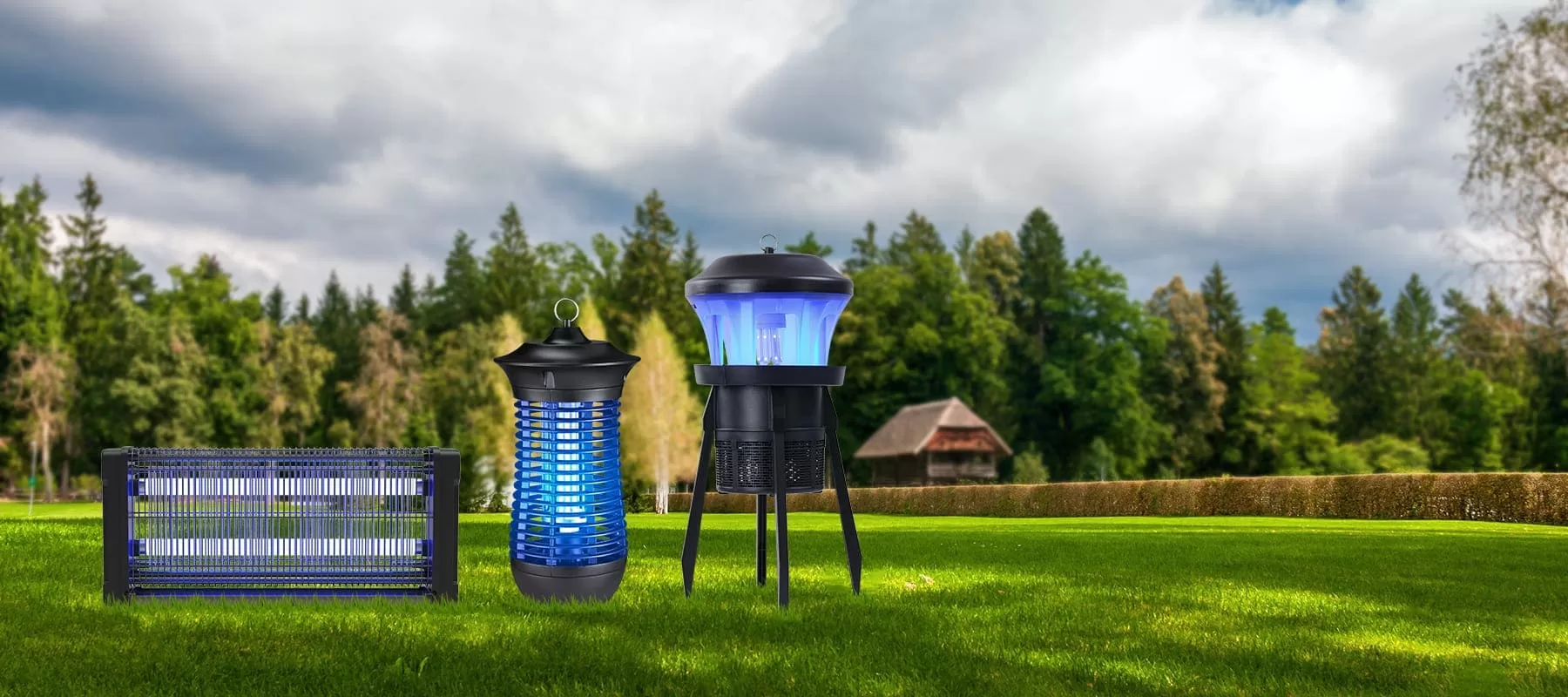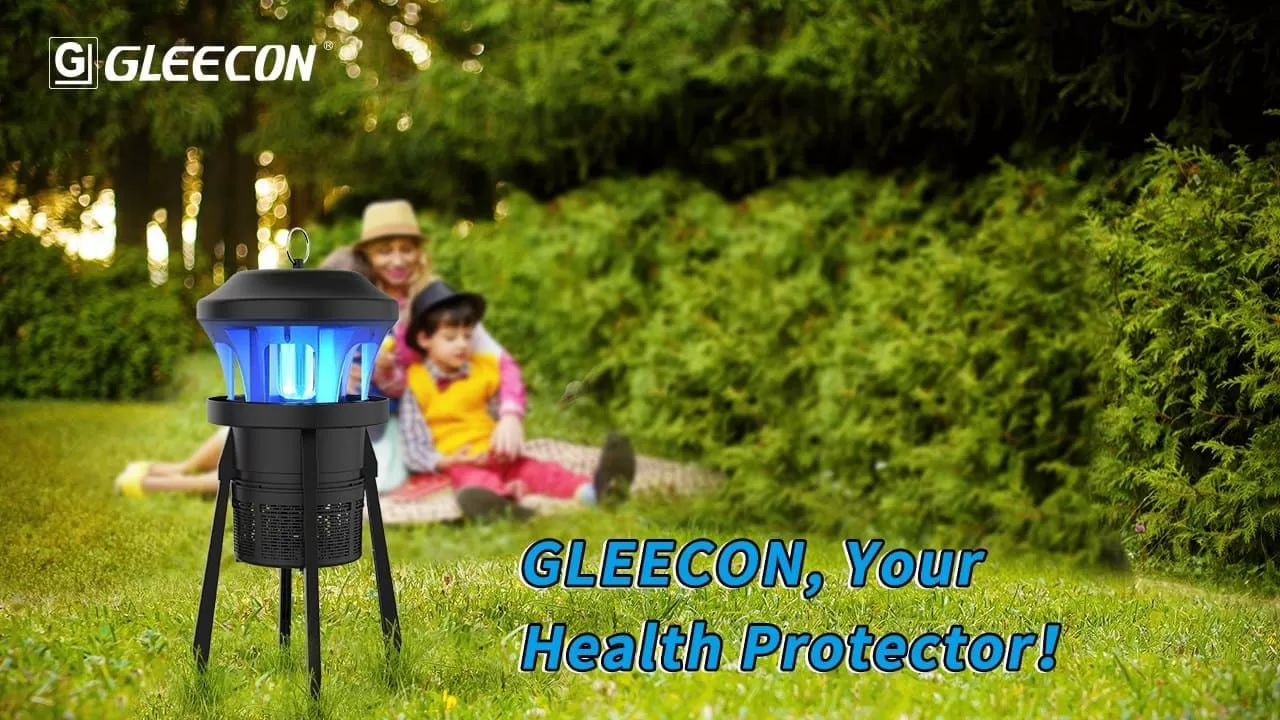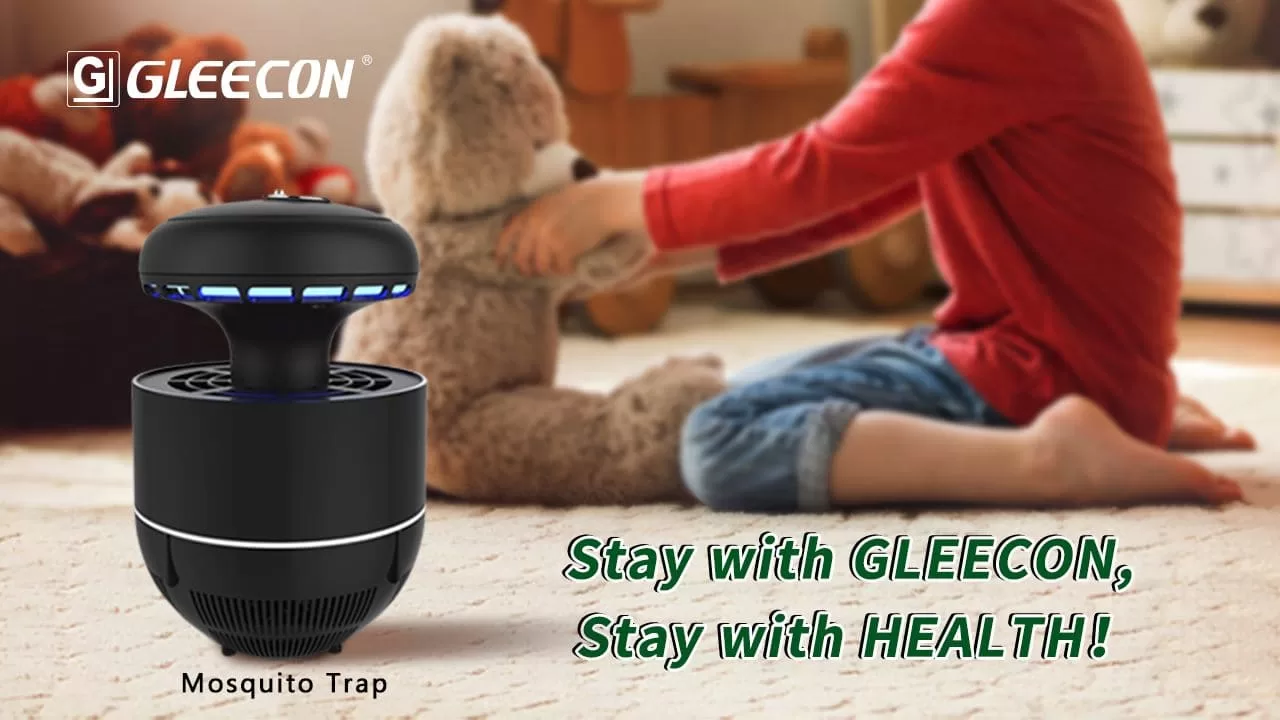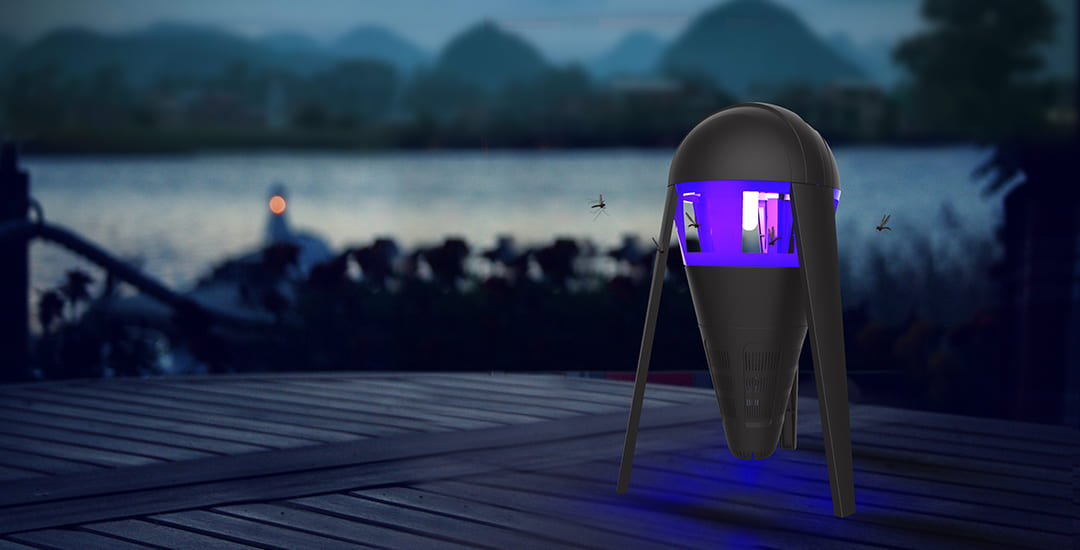Introduction:
When it comes to keeping pesky insects at bay, bug zappers offer a convenient solution. However, with various options available in the market, it’s essential to choose the right type for your needs. In this blog, we’ll delve into the debate of plug-in versus solar-powered bug zappers to help you make an informed decision.
Plug-In Insect Killers: Pros and Cons

Plug-in Insect Killers are powered by electricity from an outlet. Here are some pros and cons:
Pros:
- Reliability: Plug-in Insect Killers consistently provide power, ensuring continuous operation.
- Efficiency: They are typically more powerful, attracting and zapping a larger number of insects.
- Suitable for Indoor Use: Plug-in Insect Killers are ideal for indoor spaces where sunlight may be limited.
Cons:
- Limited Placement Options: Since they require an electrical outlet, plug-in Insect Killers are restricted in terms of placement.
- Dependence on Electricity: They are not suitable for areas without access to electricity or during power outages.
Solar-Powered Bug Zappers: Pros and Cons

Solar-powered bug zappers harness energy from the sun to operate. Here’s a look at their pros and cons:
Pros:
- Environmentally Friendly: Solar-powered bug zappers utilize renewable energy, reducing their environmental impact.
- Versatile Placement: Since they don’t require electrical outlets, solar-powered bug zappers can be placed in various locations, including outdoor areas with ample sunlight.
- Cost Savings: Once installed, solar-powered bug zappers incur minimal operational costs, making them cost-effective in the long run.
Cons:
- Dependence on Sunlight: Solar-powered bug zappers may be less effective on cloudy days or in shaded areas.
- Initial Investment: They typically have a higher upfront cost compared to plug-in bug zappers.
- Maintenance: Solar panels may require occasional cleaning to maintain optimal performance.
To learn more about Solar Powered Insect Killers, please go to “https://gleecon.com/a-guide-to-solar-powered-insect-killers/” and learn why it becomes a market trend.
Conclusion:
In the debate of plug-in versus solar-powered bug zappers, the best choice depends on your specific requirements and preferences. If you prioritize reliability and efficiency, a plug-in bug zapper may be the way to go. On the other hand, if you’re looking for an environmentally friendly and versatile option, a solar-powered bug zapper could be the ideal solution. Consider factors such as placement, power source availability, and long-term cost when making your decision. Ultimately, both types offer effective insect control, allowing you to enjoy bug-free outdoor and indoor spaces.








